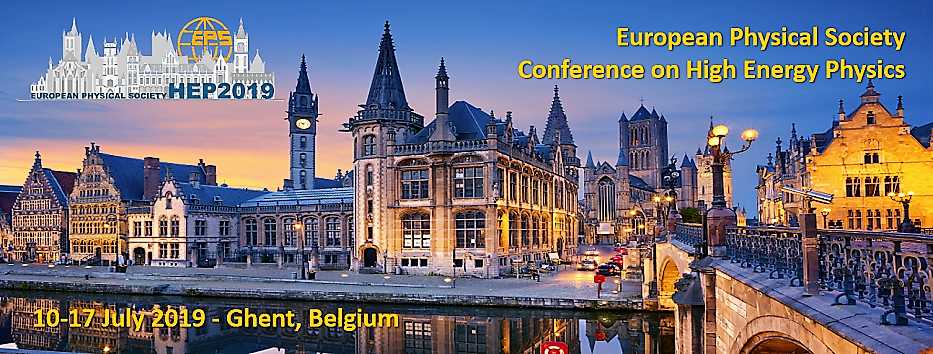Speaker
Description
Neutrino astronomy uses large volume detectors to search for astrophysical neutrinos. Detectors such as IceCube at the Geographic South Pole and the Gigaton Volume Detector (GVD) at Lake Baikal instrument up to a cubic kilometer of fresh water or ice for measuring Cherenkov radiation created in neutrino-matter interactions. Using the clear water of the deep sea as the Cherenkov medium has so far always posed severe difficulties in deploying and maintaining the offshore infrastructure, although KM3NeT currently develops a detector of this type in the Mediterranean.
A collaboration of the Ocean Networks Canada (ONC), the University of Victoria, the University of Alberta, and the Technical University of Munich (TUM) is currently exploring possibilities for a future neutrino telescope located in the Pacific. 300km westerly of Vicotria, the Cascadia Basin is a promising position for a cubic scale detector with a depth of 2600m. In June 2018, the collaboration deployed the Strings for Absorption Length in Water (STRAW) which monitor the optical conditions at the Cascadian Basin since then. In 2020, the deployment of STRAW-b, one 500m long string with 10 modules, is scheduled to test hardware and strategies for the 10-string array Pacific Ocean Neutrino Explorer.
We will give a brief overview and outlook of the three missions and present first results on the measurements at Cascadia Basin.
